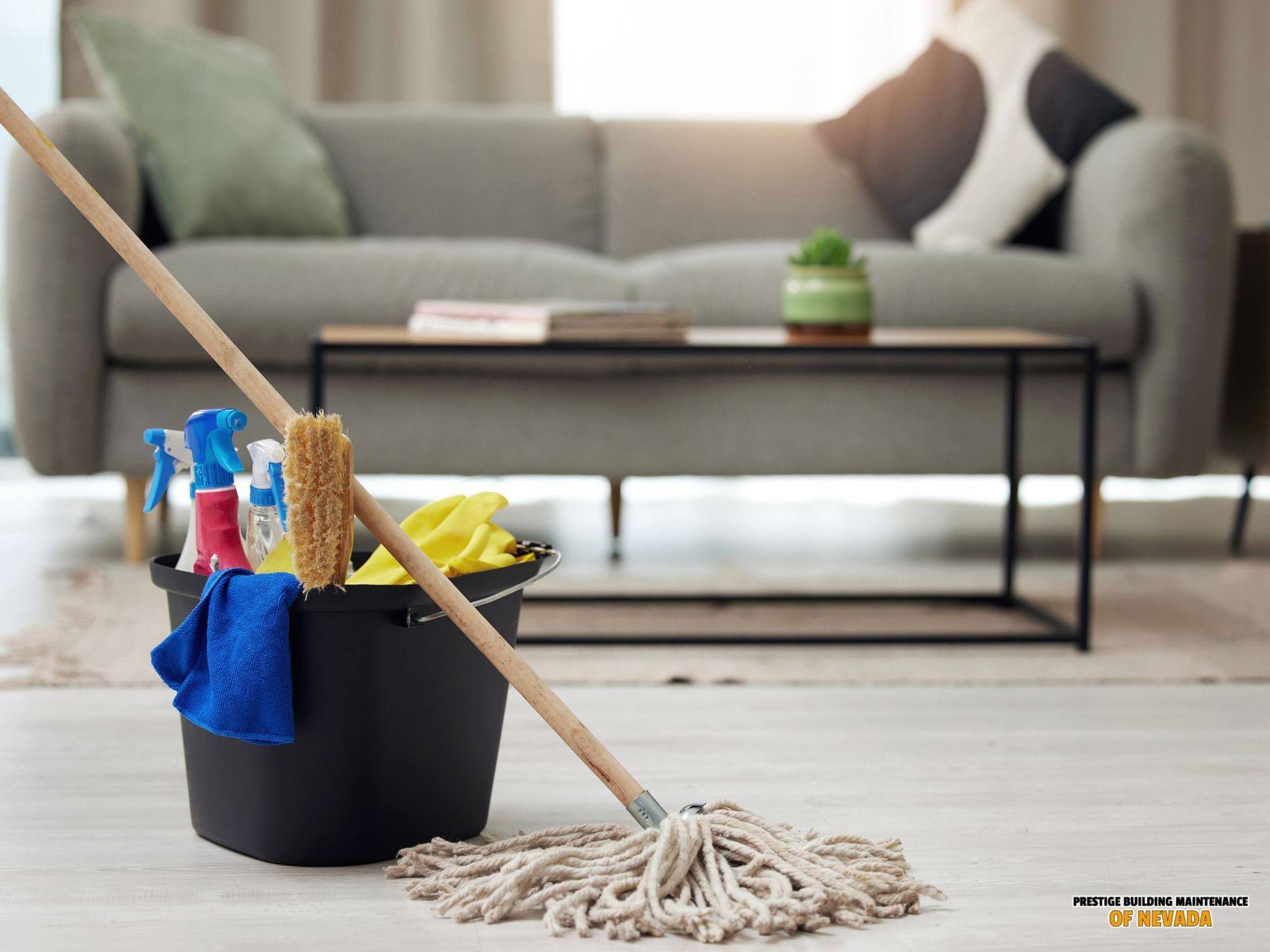Preventing Mold and Mildew Growth in Commercial Bathrooms
Understanding the Causes of Mold and Mildew Growth

Mold and mildew growth in commercial bathrooms can not only compromise the cleanliness and aesthetics of the space but also pose potential health risks to occupants. Whether in office buildings, restaurants, hotels, or other commercial establishments, maintaining a mold and mildew-free environment is essential for ensuring the well-being of employees, customers, and visitors. In this comprehensive guide, we'll explore the causes of mold and mildew in commercial bathrooms, discuss the potential health hazards associated with their growth, and provide essential strategies for preventing and mitigating mold and mildew in these spaces.
Before delving into prevention strategies, it's crucial to understand the underlying causes of mold and mildew growth in commercial bathrooms. Mold and mildew thrive in damp, humid environments with poor ventilation and organic material for them to feed on. Commercial bathrooms provide the ideal conditions for mold and mildew to flourish due to factors such as:
- High Humidity Levels: The constant use of showers, sinks, and toilets in commercial bathrooms can lead to elevated humidity levels, creating a conducive environment for mold and mildew growth.
- Poor Ventilation: Inadequate ventilation exacerbates humidity levels in commercial bathrooms, trapping moisture and promoting mold and mildew proliferation.
- Organic Matter: Organic materials such as grout, caulk, and soap scum provide nutrients for mold and mildew to thrive, especially in areas with poor cleaning practices.
What Causes Mold And Mildew Growth In Commercial Bathrooms?
Mold and mildew growth in commercial bathrooms is primarily caused by the combination of high humidity levels, poor ventilation, and the presence of organic material for them to feed on. The constant use of showers, sinks, and toilets contributes to elevated humidity levels, creating an ideal environment for mold and mildew to flourish. Inadequate ventilation exacerbates this issue by trapping moisture in the air and on surfaces. Additionally, organic materials such as grout, caulk, and soap scum provide nutrients for mold and mildew to thrive, especially in areas with poor cleaning practices. These factors together create the perfect conditions for mold and mildew proliferation in commercial bathrooms.
Potential Health Hazards of Mold and Mildew
Beyond their unsightly appearance and foul odor, mold and mildew pose significant health hazards to individuals exposed to them, including:
- Respiratory Issues: Mold spores can trigger allergic reactions and exacerbate respiratory conditions such as asthma and allergies, leading to coughing, wheezing, and difficulty breathing.
- Skin Irritation: Prolonged exposure to mold and mildew can cause skin irritation, redness, itching, and rashes, particularly in individuals with sensitive skin.
- Eye and Throat Irritation: Mold spores can irritate the eyes and throat, causing redness, itching, burning sensations, and sore throat.
- Infections: Certain types of mold produce mycotoxins, which can lead to fungal infections and other serious health problems when inhaled or ingested.
Essential Strategies for Mold and Mildew Prevention:
To effectively prevent mold and mildew growth in commercial bathrooms, it's essential to implement a comprehensive strategy that addresses the underlying causes of their proliferation. Here are some essential strategies to consider:
- Promote Adequate Ventilation
Proper ventilation is critical for controlling humidity levels and preventing mold and mildew growth in commercial bathrooms. Ensure that exhaust fans are installed and functioning correctly to remove excess moisture from the air. Consider installing dehumidifiers in areas with persistent humidity issues to maintain optimal humidity levels.
- Regular Cleaning and Maintenance
Implement a rigorous cleaning schedule for commercial bathrooms, focusing on areas prone to mold and mildew growth such as showers, sinks, toilets, and tile grout. Use commercial-grade disinfectants and mold/mildew-specific cleaners to effectively remove existing mold and mildew and prevent their recurrence. Pay particular attention to areas with poor ventilation and organic matter buildup, such as caulk and grout lines, and clean them thoroughly to eliminate potential breeding grounds for mold and mildew.
- Use Mold-Resistant Materials
When renovating or upgrading commercial bathrooms, opt for mold-resistant materials such as mold-resistant drywall, moisture-resistant paint, and non-porous flooring options like ceramic tile or vinyl flooring. These materials are less susceptible to mold and mildew growth and easier to clean and maintain, ensuring long-term protection against mold and mildew proliferation.
- Seal Gaps and Cracks
Inspect commercial bathroom fixtures, walls, and flooring for any gaps, cracks, or areas of water intrusion, and seal them promptly to prevent moisture infiltration. Pay close attention to areas around sinks, faucets, toilets, and shower enclosures, as well as any areas where plumbing penetrates walls or floors. Properly sealing these openings helps prevent water damage and reduces the risk of mold and mildew growth in commercial bathrooms.
- Educate Occupants and Staff
Educate building occupants and cleaning staff about the importance of mold and mildew prevention and provide guidelines for maintaining a clean and healthy commercial bathroom environment. Encourage regular reporting of any signs of water damage, leaks, or mold/mildew growth to facilitate prompt remediation and mitigate potential health risks.
Preventing mold and mildew growth in commercial bathrooms is essential for maintaining clean, healthy, and safe environments for building occupants, customers, and visitors. By understanding the causes of mold and mildew proliferation, recognizing the potential health hazards associated with their growth, and implementing essential prevention strategies such as promoting adequate ventilation, regular cleaning and maintenance, using mold-resistant materials, sealing gaps and cracks, and educating occupants and staff, property owners and managers can effectively mitigate the risks of mold and mildew in commercial bathrooms. By taking proactive measures to prevent mold and mildew growth, businesses can safeguard the well-being of their occupants and maintain the cleanliness and integrity of their commercial properties for years to come.
Prestige Building Maintenance of Nevada, all rights reserved. Copyright
Reno, NV 89502 (775) 971-4874
